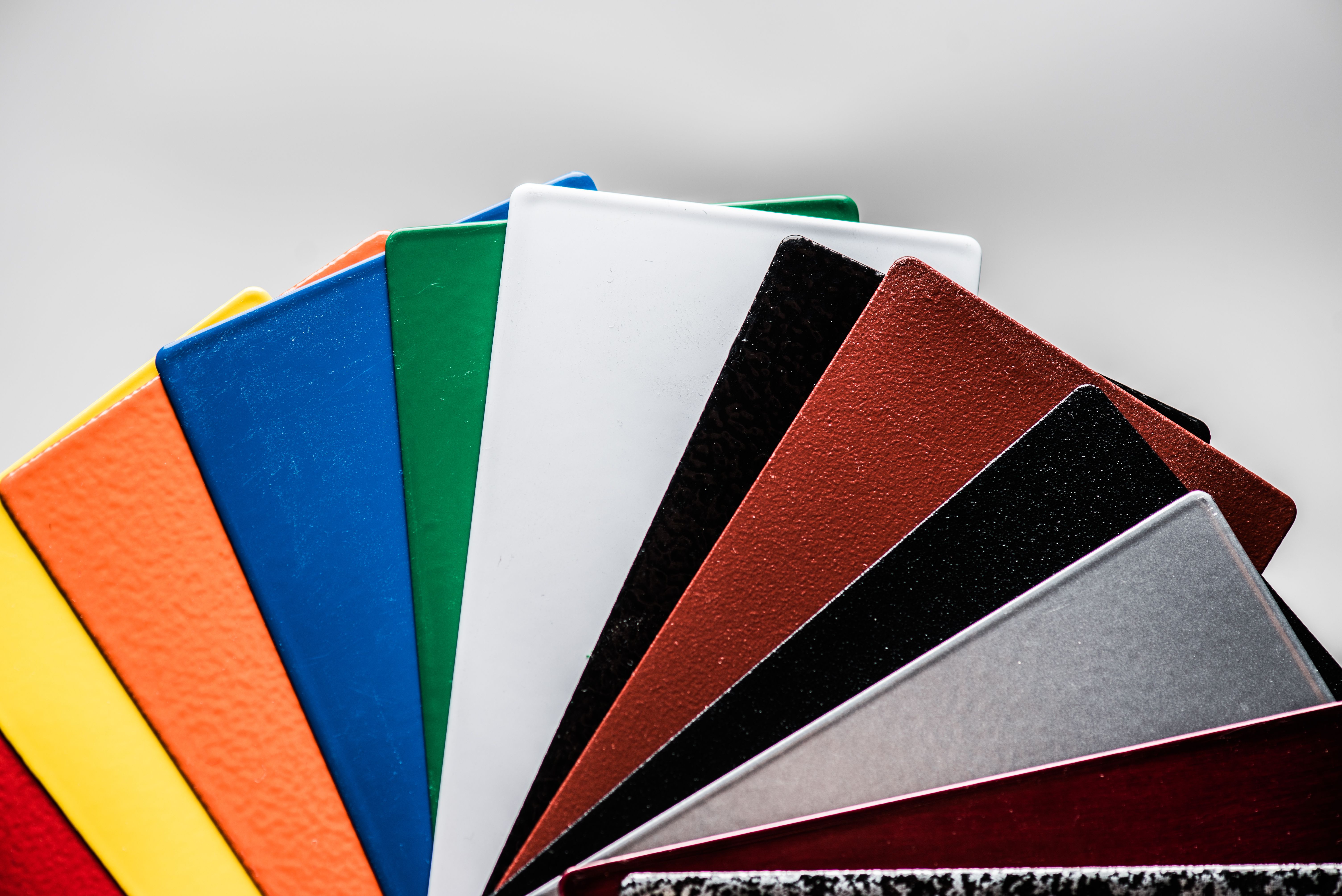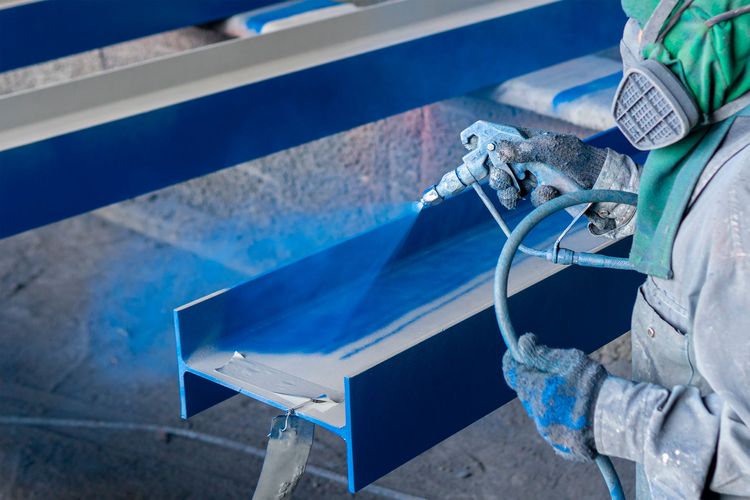Pre-painting or colour-coating is simply described as applying a decorative or protective coating to a steel substrate in a continuous process after pre-treatment. These paint coatings are used to enhance productivity and add environmental benefits & strength to the substrate steel, while extending long-term protection from corrosion. The base material of colour-coated steel consists of an aluminum & zinc coating which protects the steel from corrosion by sacrificing itself and reacting with environment to form protective compounds. The pre-treatment layer not only improves the corrosion resistance, but also gives a good adhesion to the coating layer. This layer also gives the final colour to the product. It also imparts in steel an aesthetic finish and improves durability.
Colour-coated steel coils are in increasing demand from a variety of business sectors ranging from construction to home electronics, fabrication, and even chipmakers, as consumers have become more self-assertive and want to have their goods in style.
Coated steel is generally categorized into three broad categories: -
Metallic coating: - This is typically a coating of zinc in pure or alloyed form. This process is called galvanising. These coatings can be applied by using a sprayer, electromechanically, chemically, or mechanically. This kind of coating is applied on equipment requiring a shiny or glossy appearance. The metallic coating applications include air conditioners, vehicle parts, outdoor electrical boxes, laundry appliances, refrigerators, roofing sheets, etc.
Organic coating: - Organic coating is a non-metallic coating, mostly polyester paint or polyvinylidene fluoride paint (PVDF). PVDF sheets are costlier as compared to polyester paint but give higher impact and scratch resistance. Organic coated sheets are generally used in lifts, furniture, ceilings, decorative partitions, etc.
Tinplates: - Tinplates are made by coating tin on cold rolled steel. Annealing and tempering process is used to prepare a cold rolled sheet for tinning. Tin is applied to the black plate (tempered steel used as a substrate for tinplate) through the continuous electrolytic bath. The tinplate market is generally small as compared to other coated steel products and food industry investments are mainly driving this market.
Coating process
1. The coil is moved to the uncoiler whereby the steel is placed on a pay-off arbor for unwinding
2. The end of the previous coil is mechanically joined to the beginning of the next coil, which allows for the continuous feed of the coil coating line.
3. The entry tower will now allow the material to accumulate and continue the operation of the coil coating process. This accumulation will continue to feed the coil coating processes while the entry has stopped for the stitching process
4. The cleaning and pre-treating process focus on preparing the steel for painting. Dirt, oil, and debris are removed from the steel strip at this stage.
5. The steel enters the pre-treatment stage now and it goes through a chemical application to facilitate paint adhesion
6. The steel has to go through a dried in place chemical coater, where a chemical material is applied to provide enhanced corrosion performance
7. The steel strip now enters the prime coat stage wherein a primer is applied to the pretreated steel, after which the metal strip goes through a thermal oven to cure.
8. After the primer application, a final coat is applied to the steel strip. This topcoat provides corrosion resistance, colour, flexibility, and durability.
9. The coil is now removed from the line and packaged for shipment or additional processing
Tests conducted on the colour-coated steel
Ensuring the integrity of the coating is absolutely essential. There are severe risks associated with coating failure and hence testing the mechanical properties of a coating is one of the best ways to make sure that the coating can withstand the environmental and operational conditions in which it will be placed.





 +91 7208055523
+91 7208055523
 Help & support
Help & support
